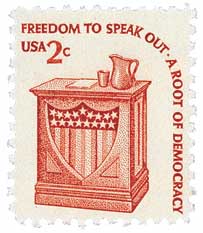The next place we went after Ribeauvillé was the Ecomuseé d’Alsace, outside of Mulhouse. (Say it: Moo-Lose, as in, “the first cow to moo loses the game.” Resist the natural urge to prounce it “Mull-House.” You are not mulling the house wine, you are playing the quiet game with cows. Also recall: Google Translate is your friend.)
There are no castles at the museum, but there is a strong house – une maison forte – built on site from salvaged 15th century components rescued from Mulhouse.
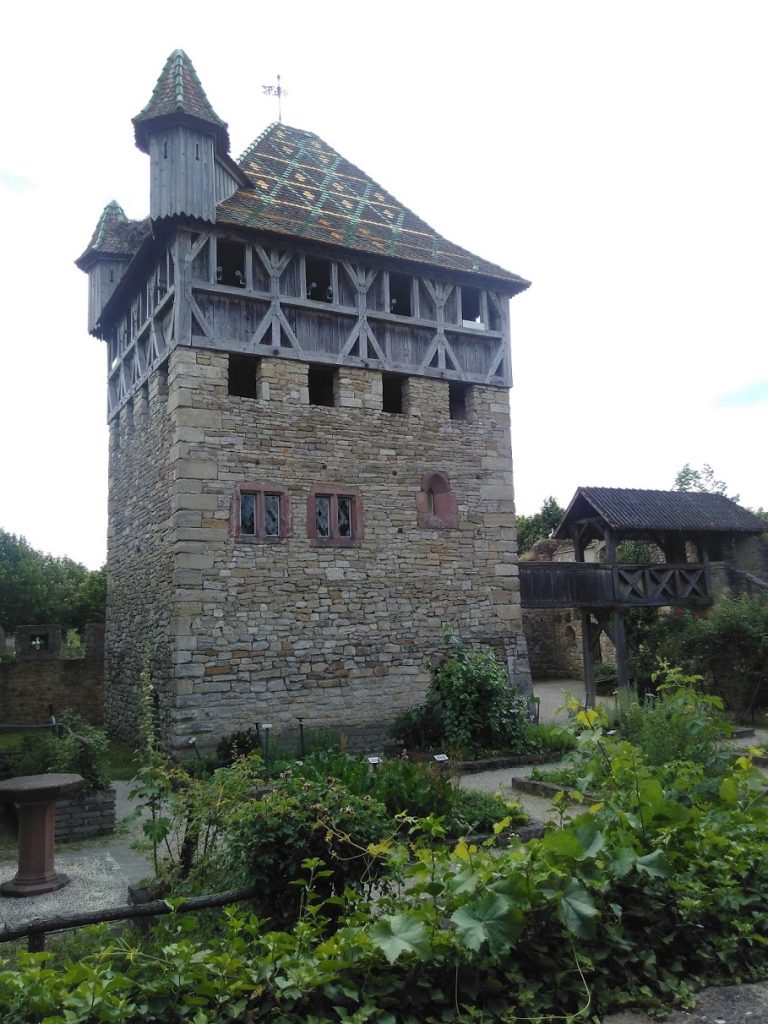
The tower is not a perfect reconstruction. The curators took the remains of the original building parts and gave their best rendering of what it might have been used for, and what would be most interesting or educational for museum-goers. Like Kaiser Wilhelm’s reconstruction of Haut Koenigsbourg, it’s an interpretation, not a replica. It’s useful for thinking about how fortifications were made for various purposes.
After a full day at the museum (topic for another post or two), we drove north towards our home village and of course we spied castles on the western horizon. There was no other choice but to hop off the autoroute and pick a departmental road that pointed in the general direction and try our luck. After several missteps we succeeded in the following the promisingly named Route des Cinqs Châteaux to the parking lot for Les Trois-Châteaux du Haut-Eguisheim.
There are two trails out of the parking lot, one of which will take you in five or ten minutes to the three castle ruins above the town of Eguisheim. The other trail will take you all kinds of places far, far, away. It was only obvious in retrospect which trail we should have tried first. Eventually, however, we reached our goal.
As you come up the trail from the parking lot, the first castle is this rectangular tower. We’re viewing it in this photo from the north, standing in the ruins of the second castle, but you actually arrive on the site from the west. (These photos are from about 6:30 in the evening, beginning of July, so the sun is informative for directions.)

To the right of all those low walls of Castle #2 in the foreground are two towers. Below you can see the remains of the northern of those two towers. Both are closed (for safety reasons) but trespassers with decent climbing skills do go up to recreate. (Not us, thanks for asking. All these easily-accessible high places along the edge of the Vosges are popular with local teenagers.)

You can see in the above photo a bit of broken wall between the sites of Castles #2 and #3. Here’s the cross-section of that wall:
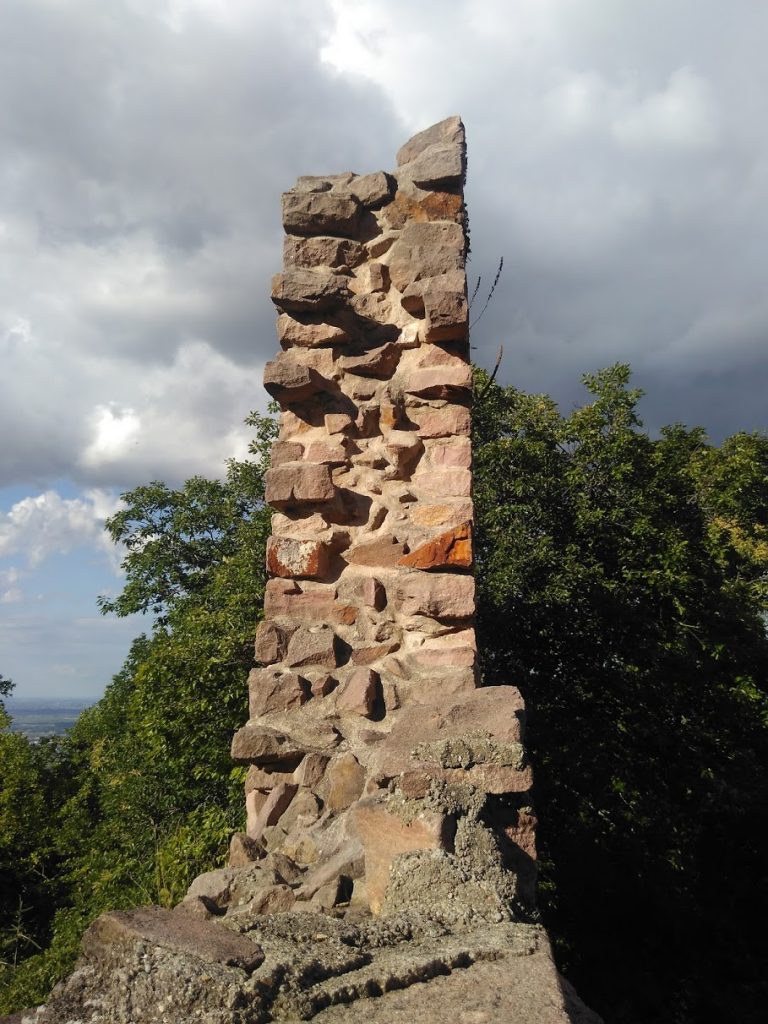
In case you tend to wonder, like I do, how the insides of walls are built. And finally, here are the foundations of Castle #3:
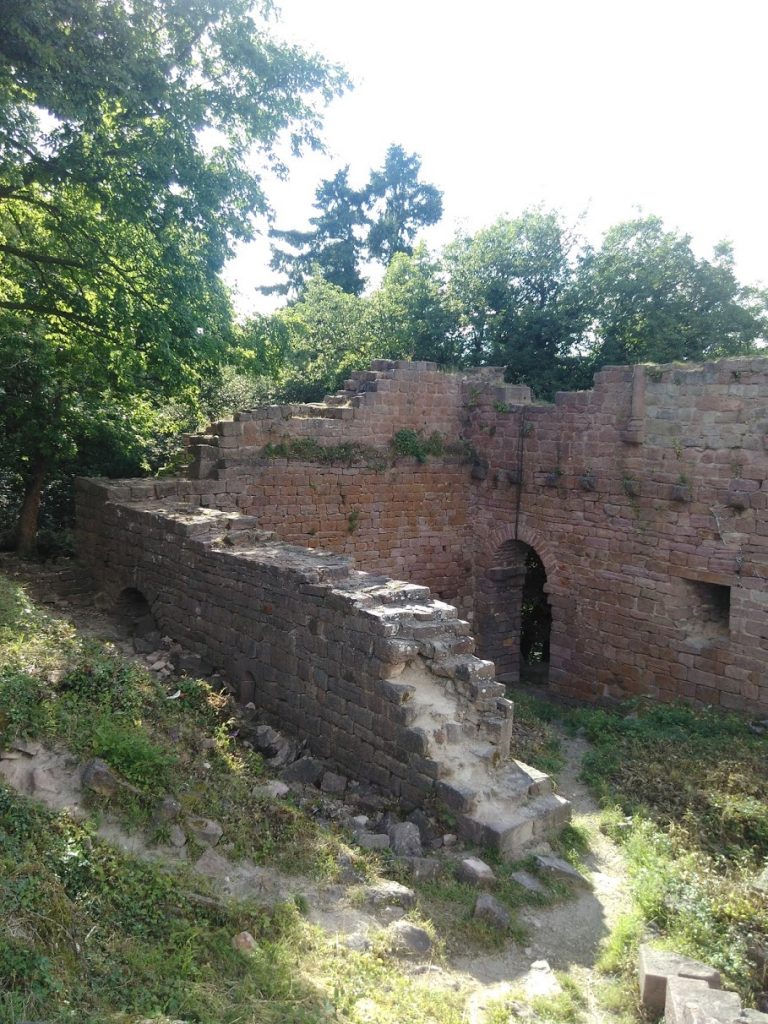
The three castles are right up on top of each other. It’s more like a castle complex. Or one of those castle-subdivisions where the neighbors all complain about how they have no side yard and you can see into each other’s kitchens. It’s enough, though, to make you wonder about the other two châteaux implied by the road name. There was plenty of daylight, so we decided to keep driving up the mountain.
The parking lots at Château du Hohlandsbourg were all packed at 7pm, which at the time we resigned ourselves to hiking up from the farthest of the parking lots seemed like no big deal. What do we know about castle popularity?
So we haul ourselves ten minutes straight uphill, which after already having walked around all day took a lot of castle-hunger, and were rewarded by this massive impenetrable edifice:
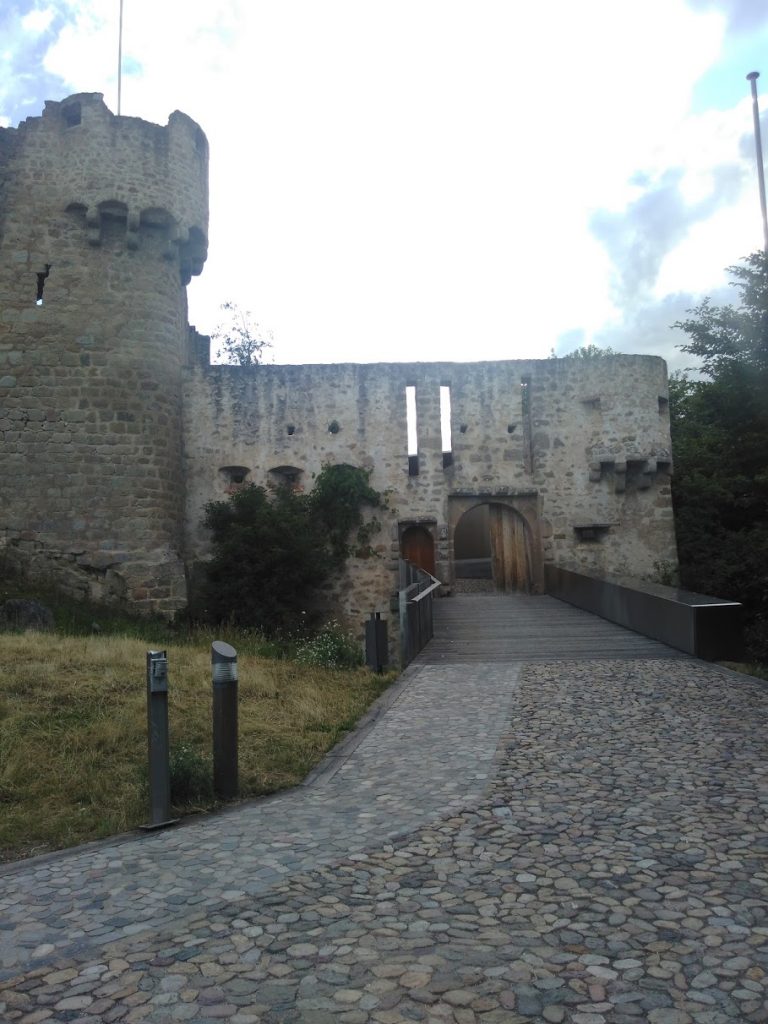
Wait. Except that we’re looking at a wide open door, right?
What you don’t see is the hired security guy whose job is to inform us that under no circumstances can he let us inside, because it is now 7:15, and the castle closes at 7:00, and there’s a big government meeting going on inside. Ah. So that’s why all the parking lots are full.
We resigned ourselves to staring out at the view of Colmar in dazed dejection at our fifteen minutes of misfortune, and took photos for a bit, because we couldn’t bring ourselves to leave.
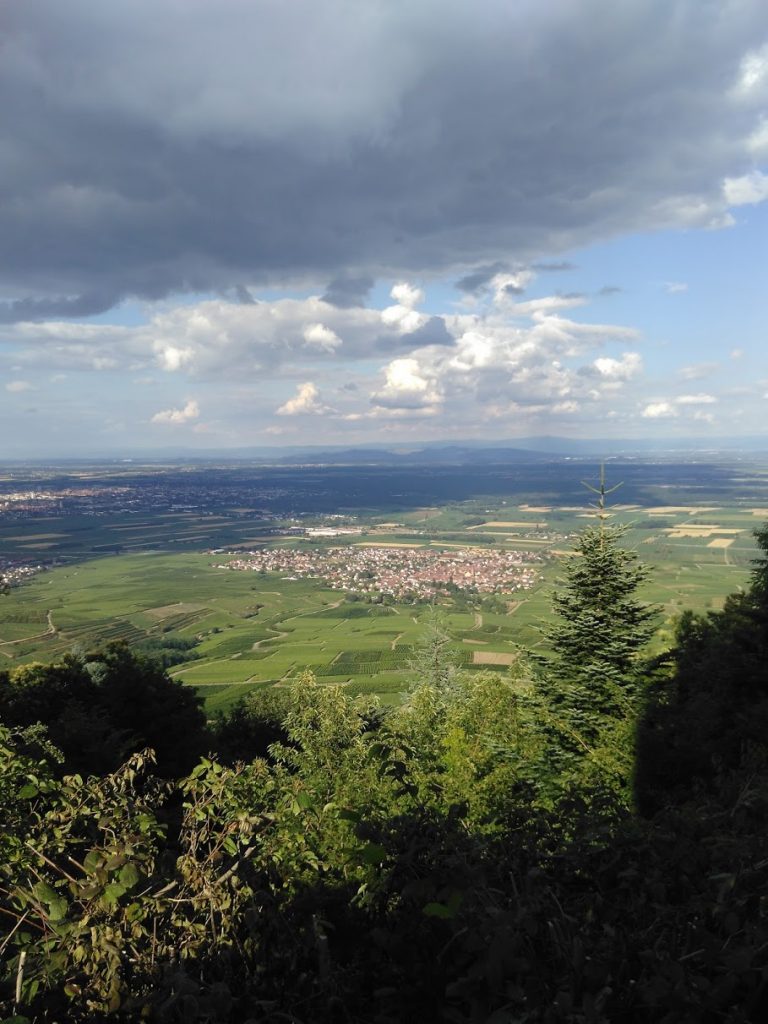
The security guy was, however, fine with us walking around the exterior of the building. After enough landscapes and selfies and group portraits and eavesdropping on the sorrows of other rejected hikers, we were feeling energetic again. We scrambled up an informal trail and started our tour of the walls.
For the most part, Holandsbourg looks like long stretches of blank wall, which make for horrible photos, and a few of these on the corners:
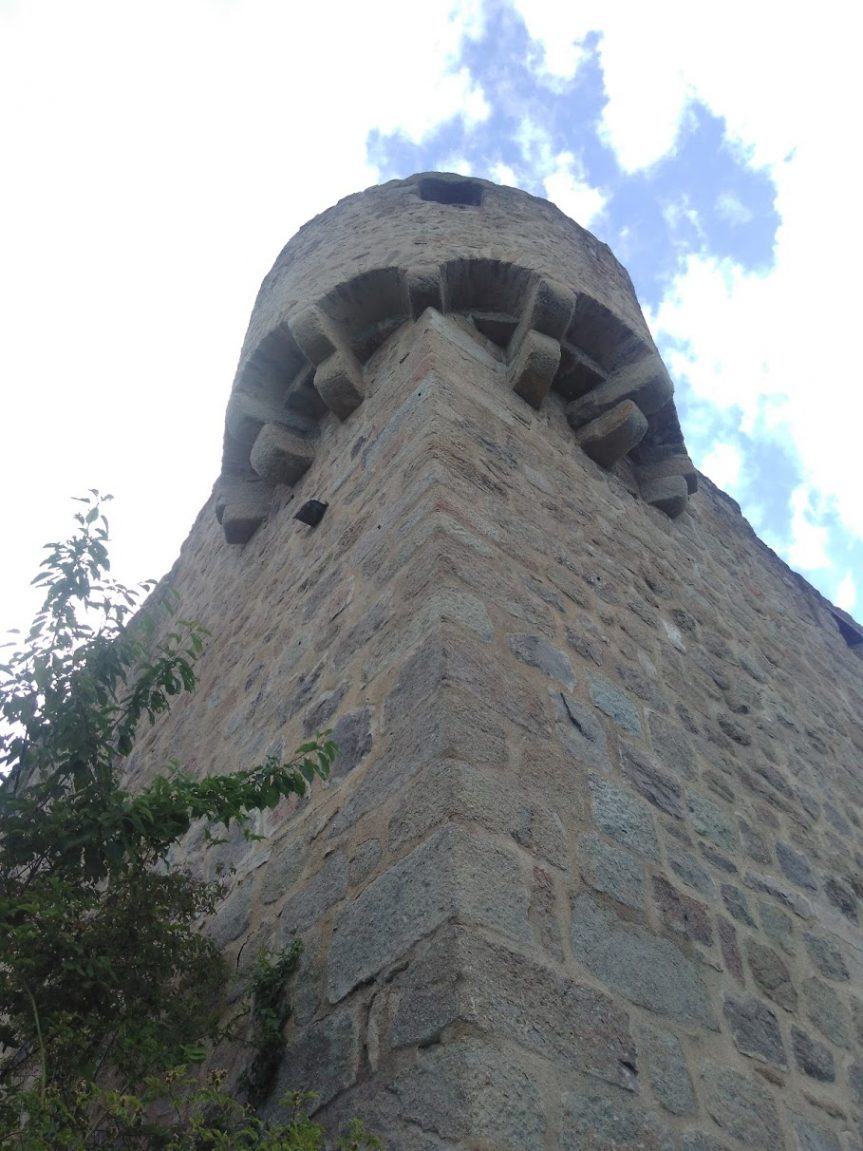
You can, however, look in through the arrow slits down at ground level, which from some angles gives you a view of the governmental party-tents, and into other holes you see things like this:
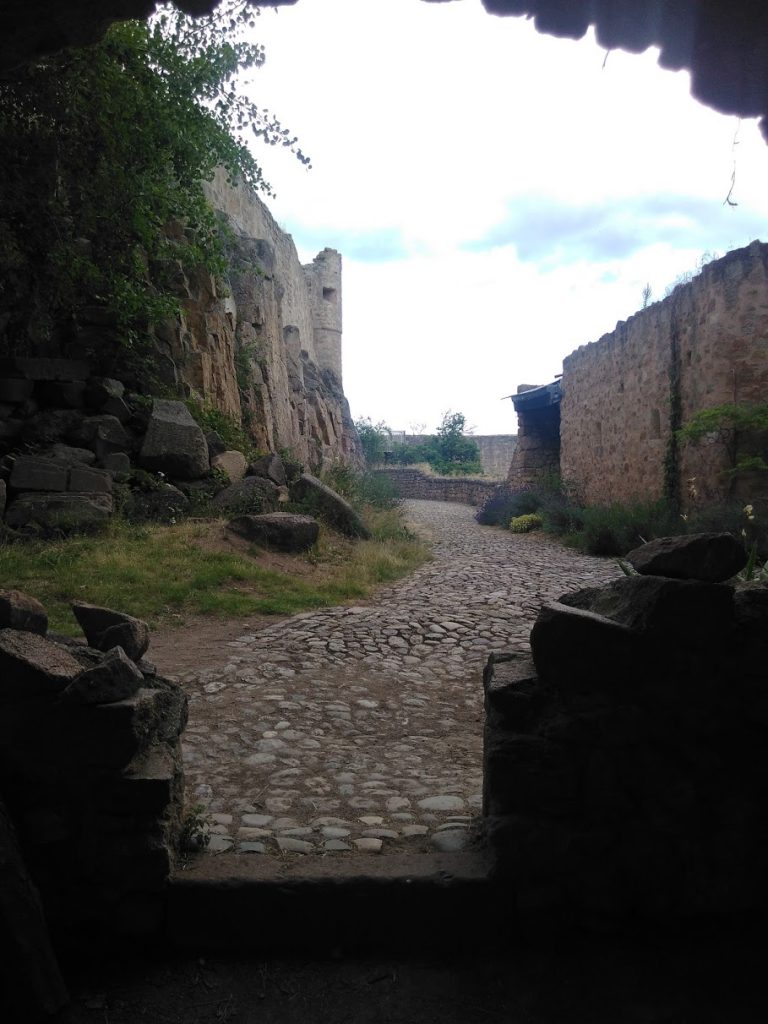
Honestly I think we had more fun scrambling around the perimeter of the castle than we would have had if we’d been let inside. We never would have circumnavigated the place if it hadn’t been our only choice.
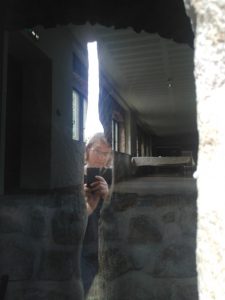
Me, looking into an arrow slit of the Forbidden Castle. There is glass behind this particular slit, hence my reflection, but you can see into the meeting space that’s been created within. Two more castles still to come in this series. And for those who are wondering, all the photos in these posts are mine, all rights reserved. See the copyright notice in the sidebar.




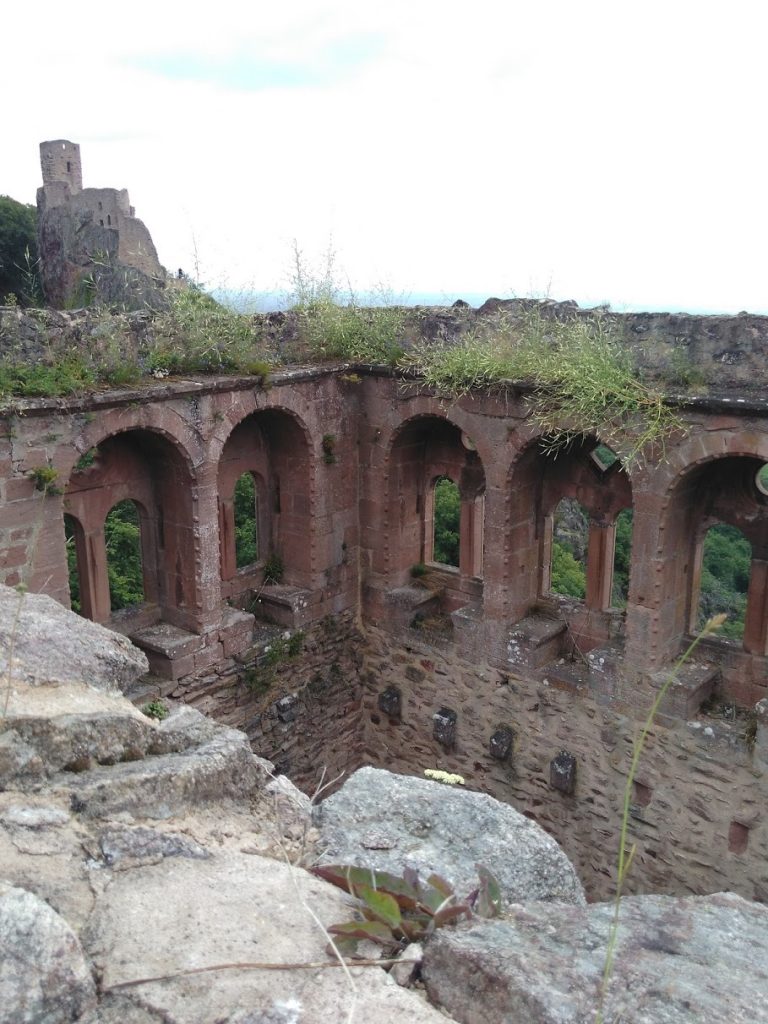

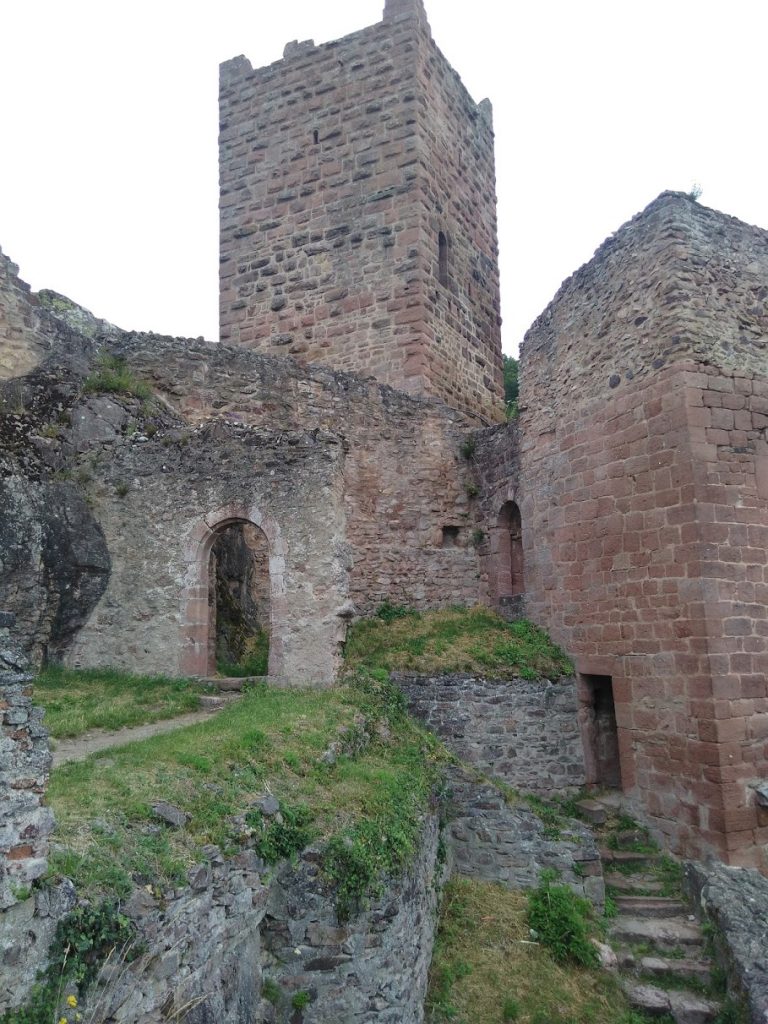
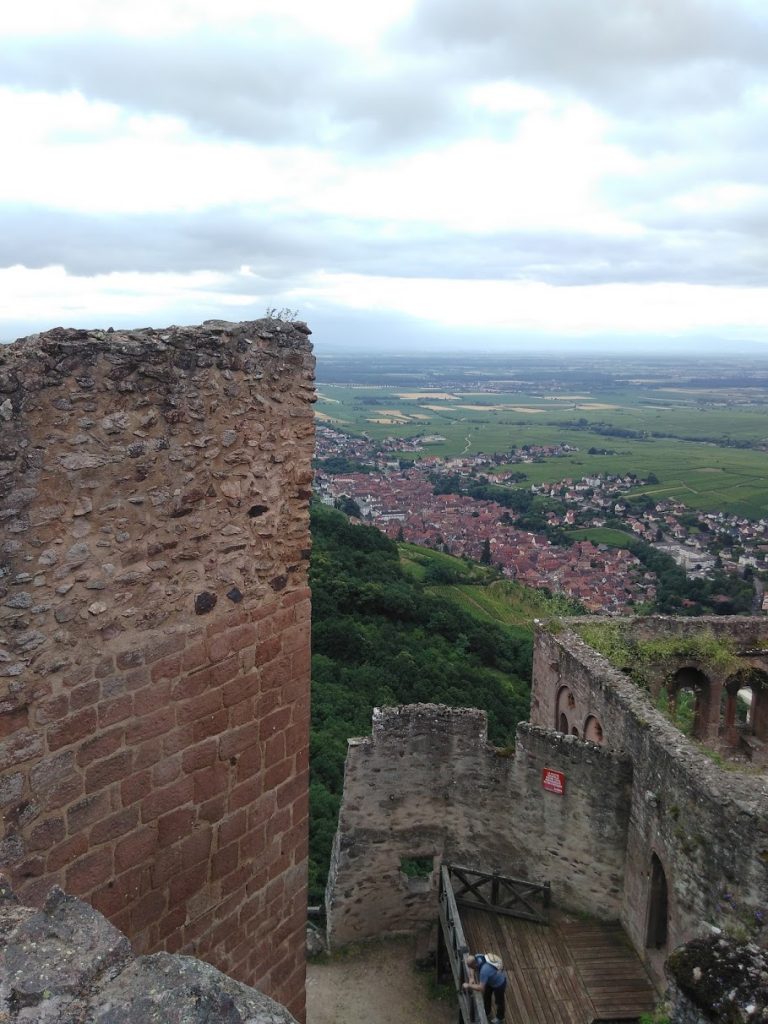
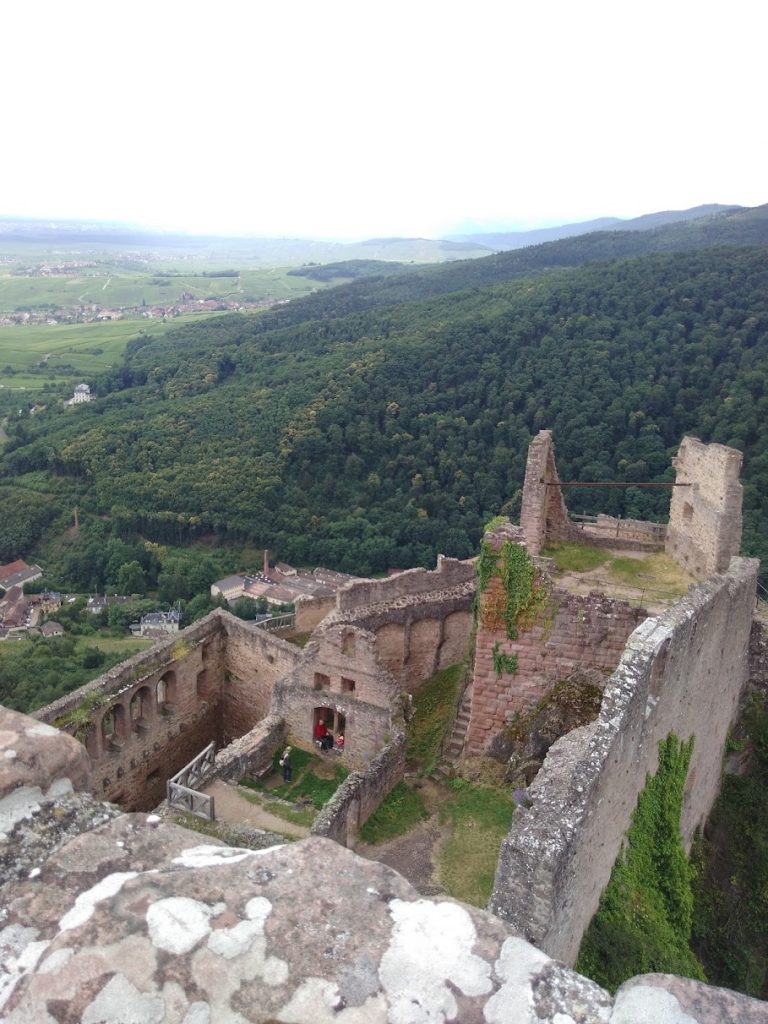



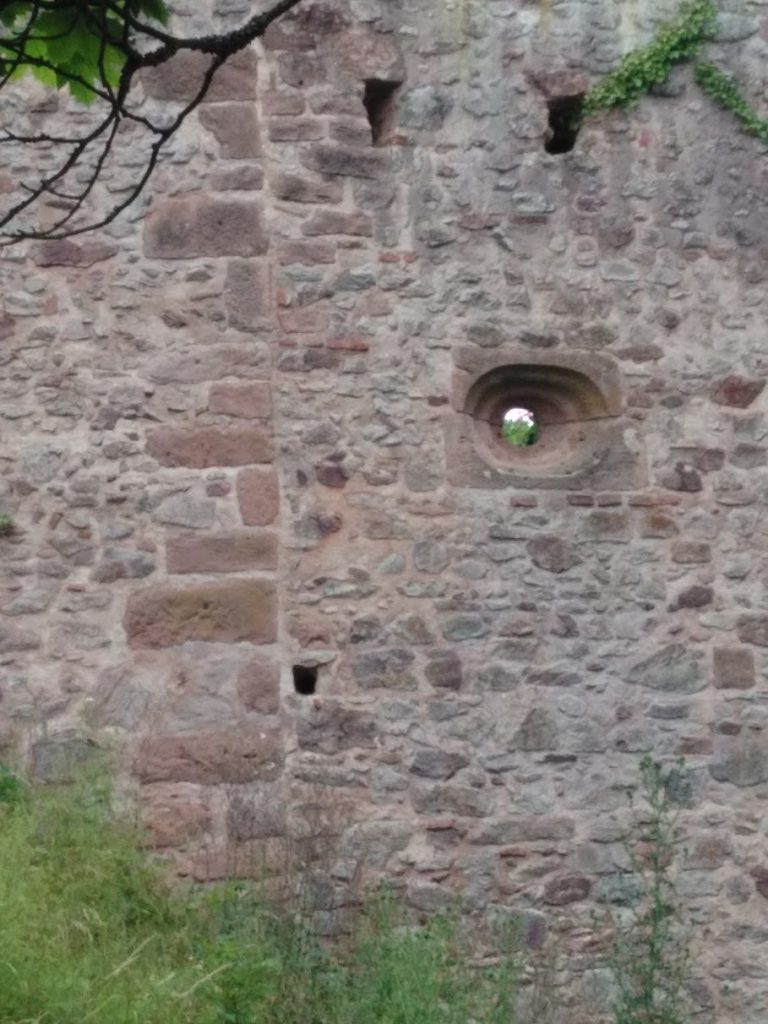



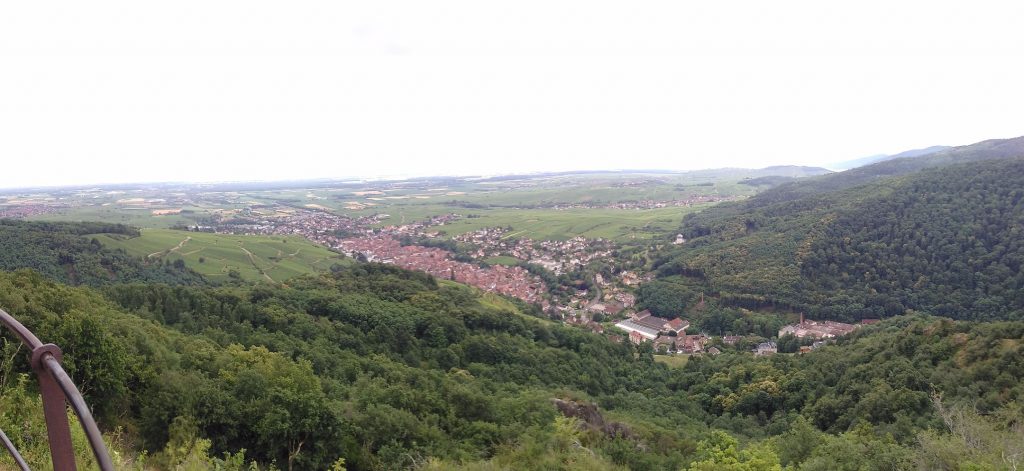

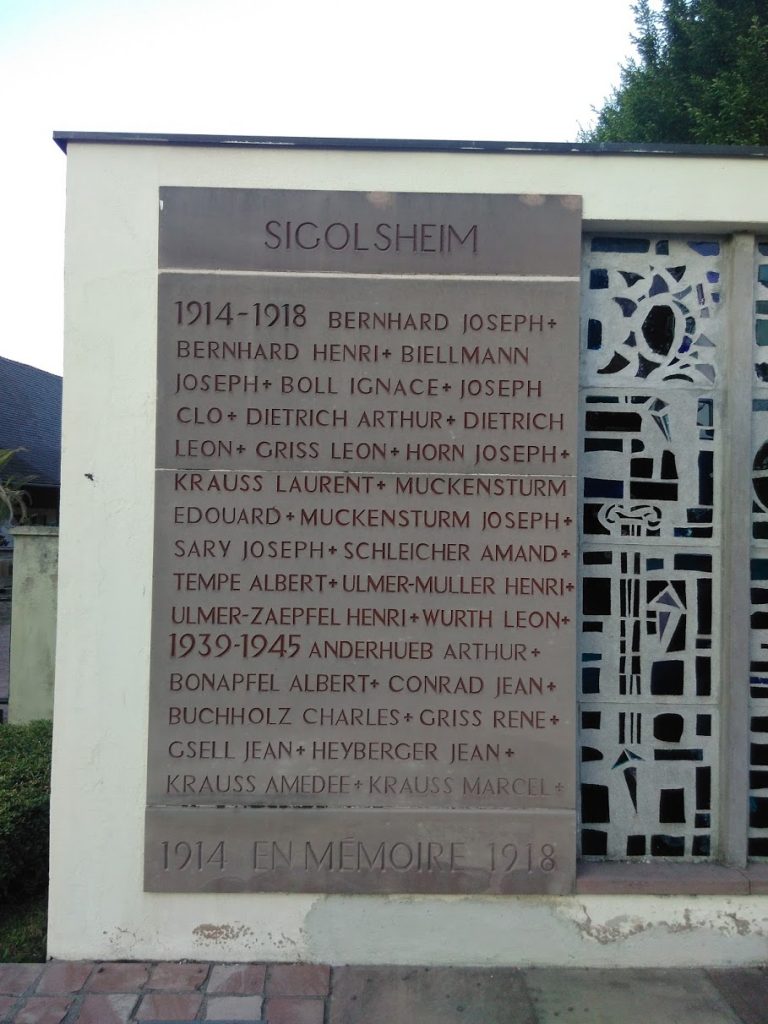
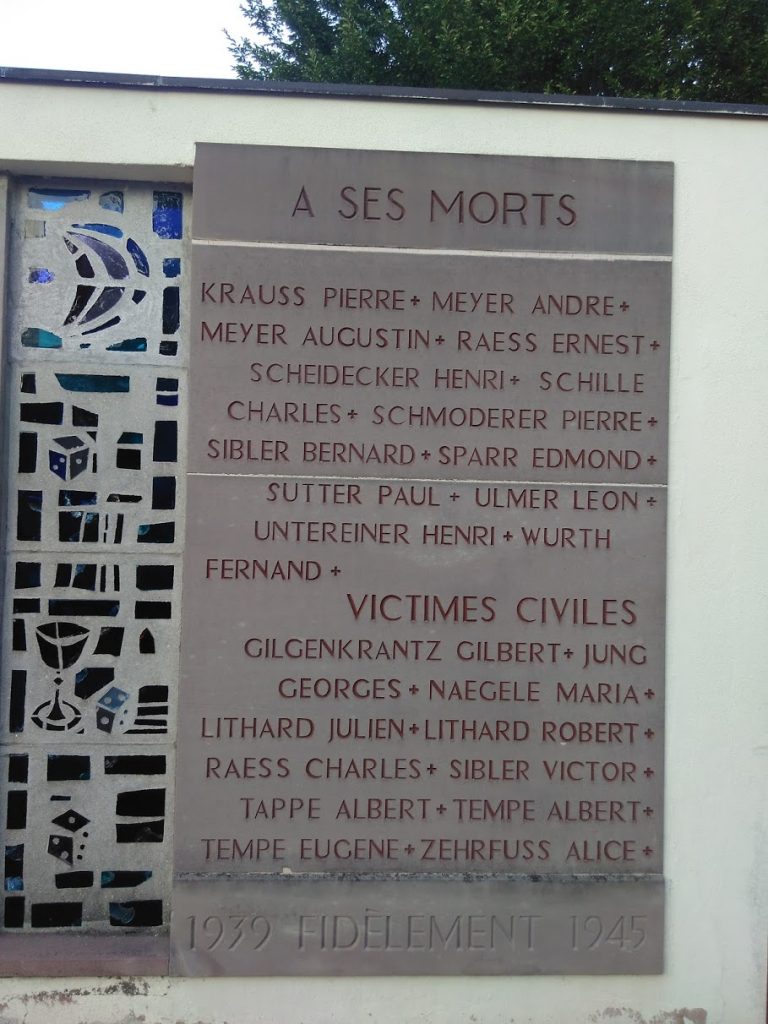
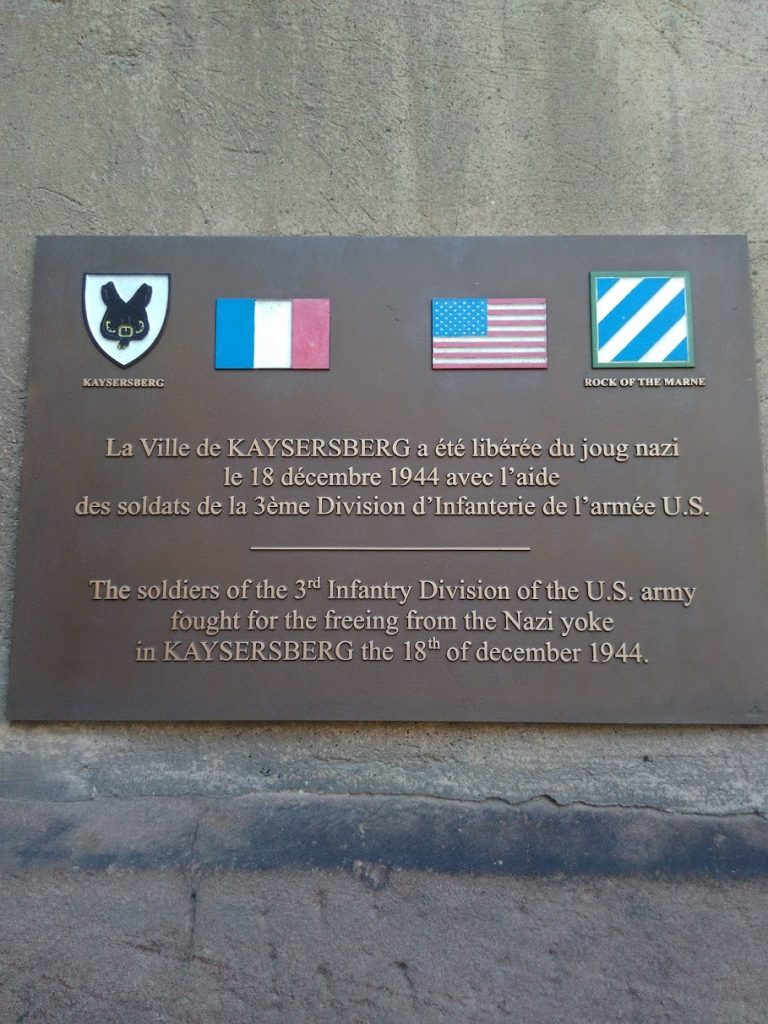

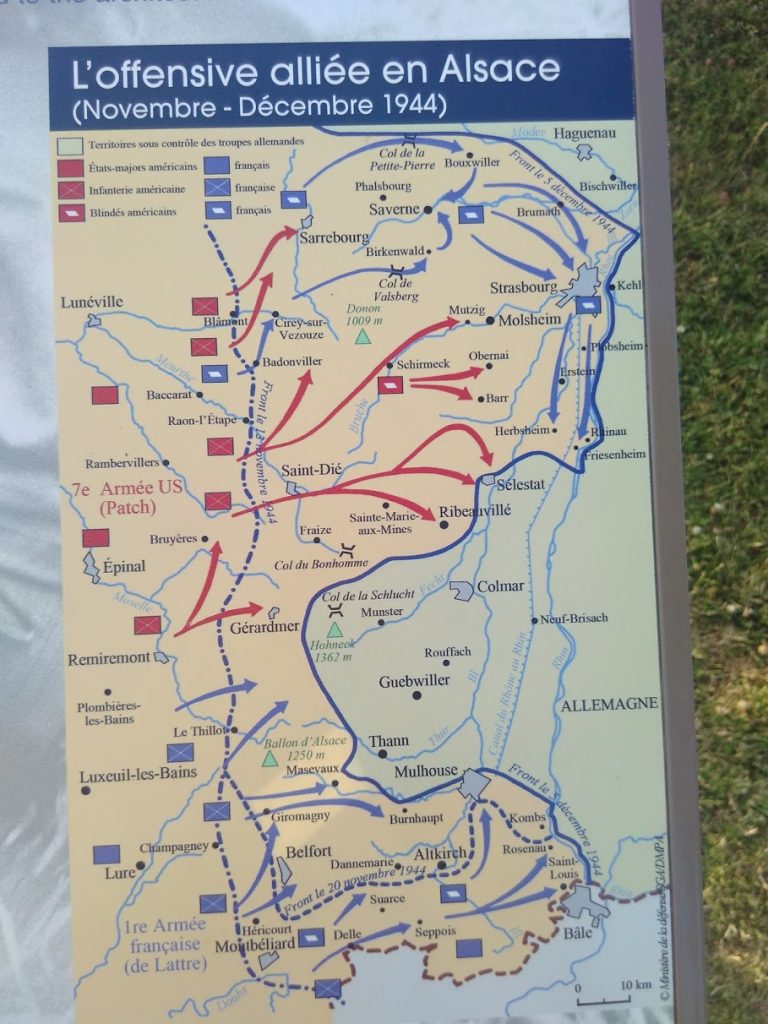
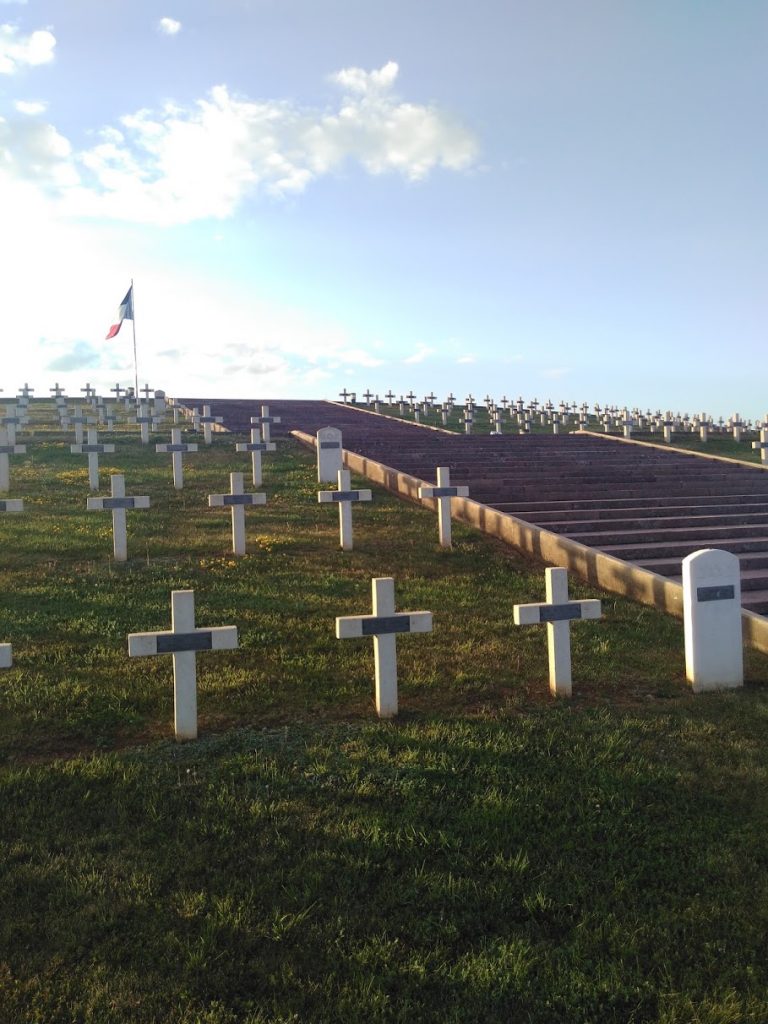
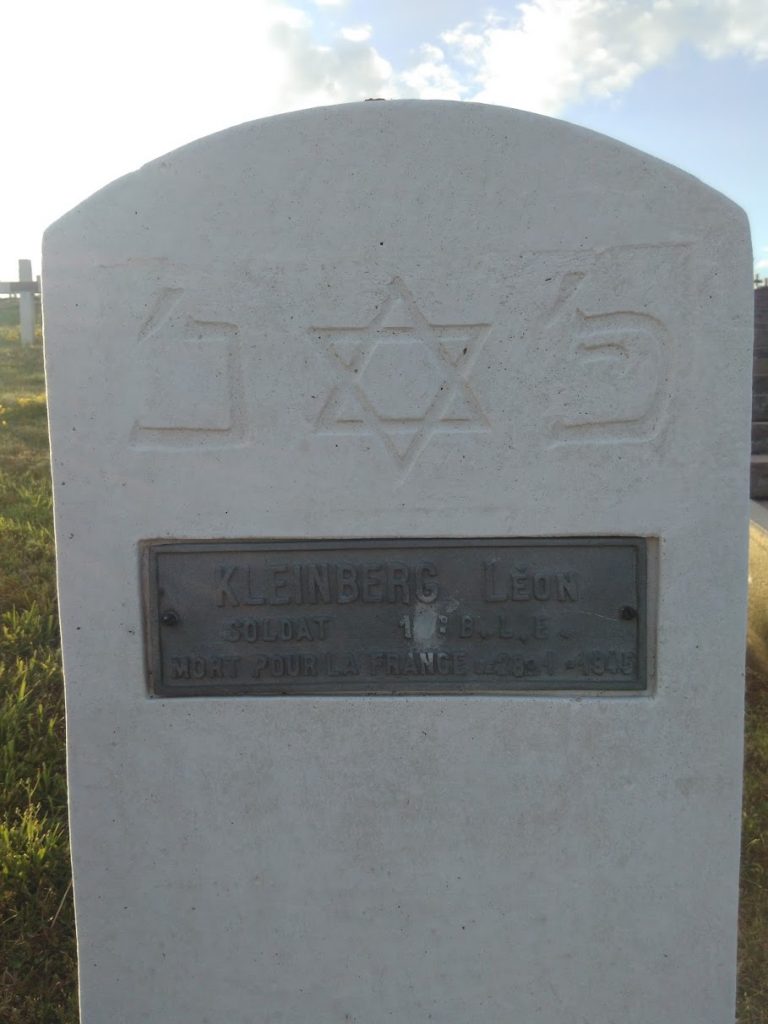

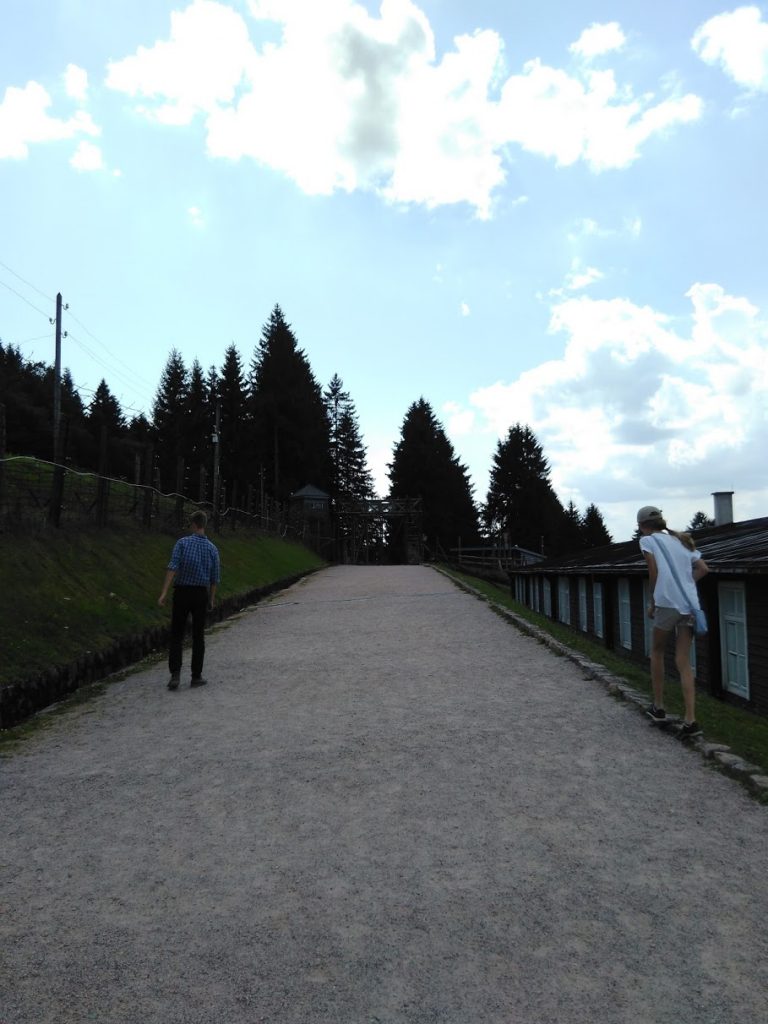
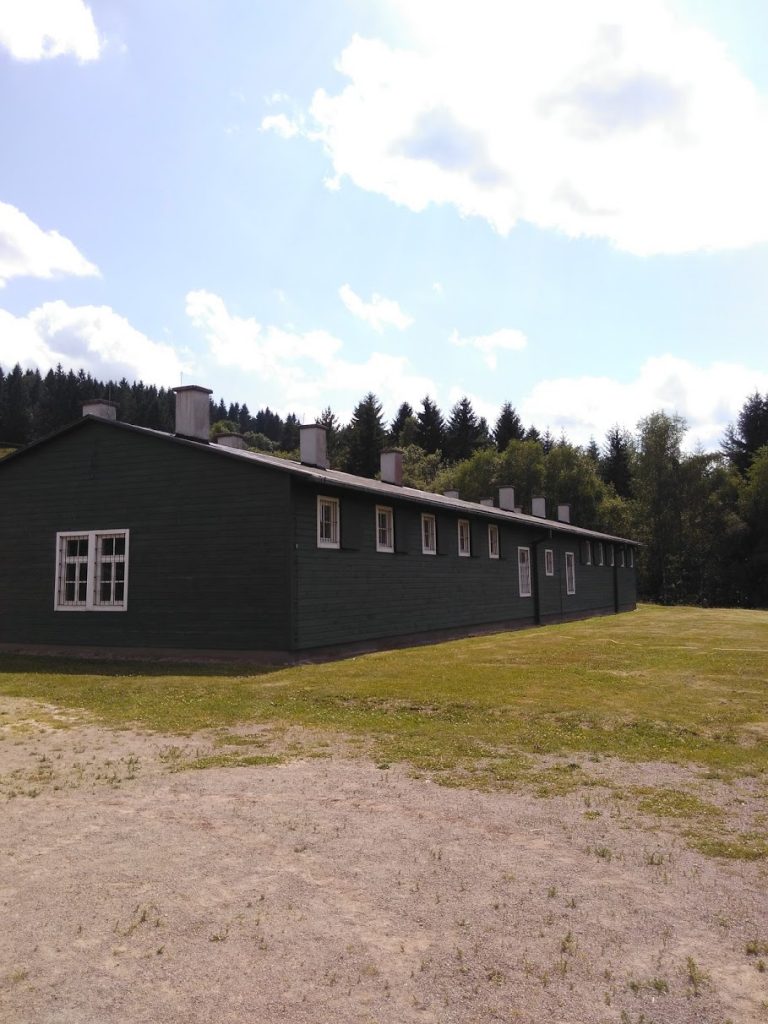
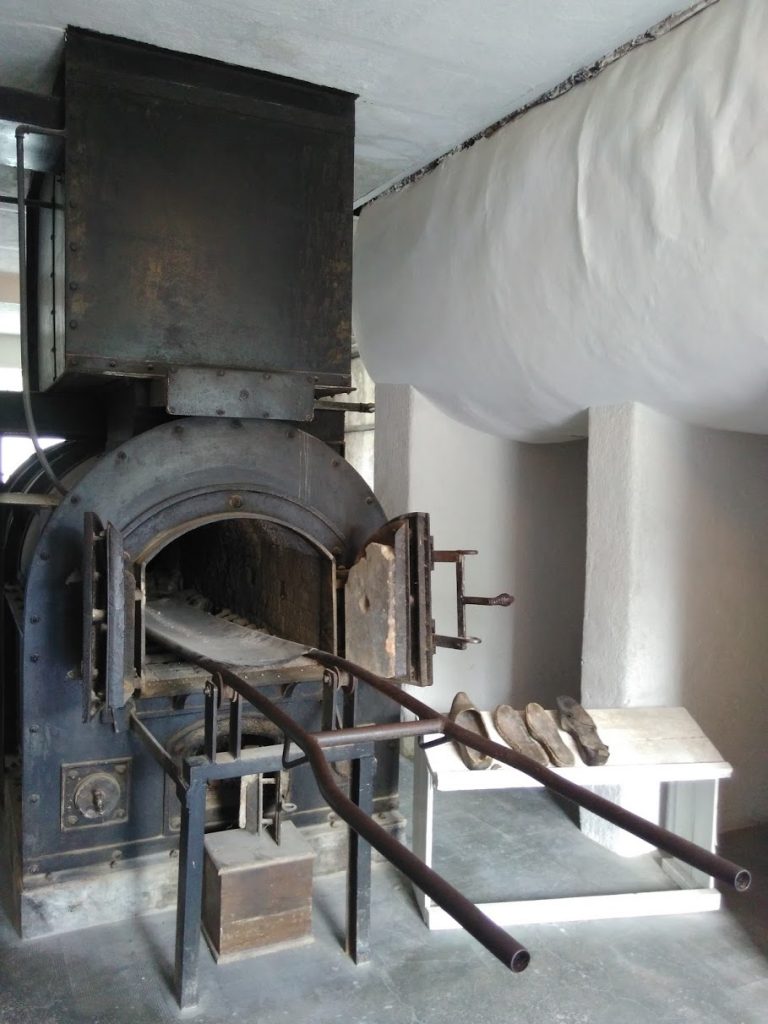


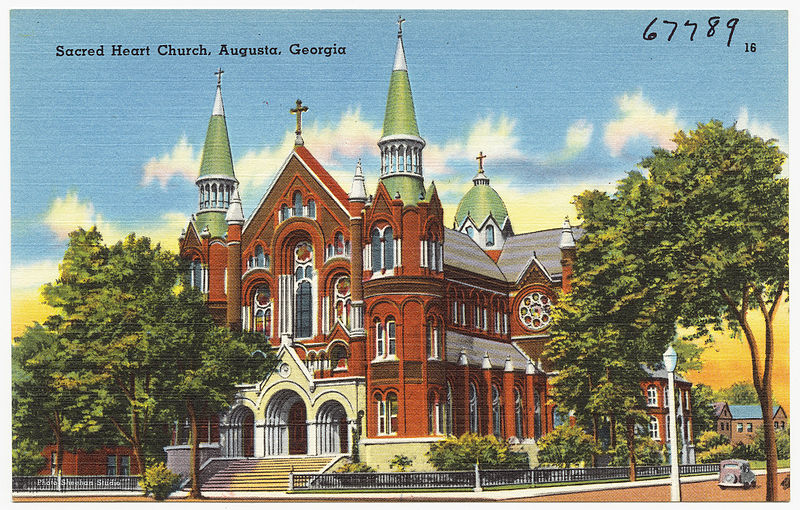

 .
.
